This is something I was planning to do for some time.
Shootout of different contact microphones I own and methods of attaching them to the surface.
Since I love recording using contact mics, I have a few of them.
They give unique perspective for field recording and results are always unknown, which I find exciting.
In my collection I have (so far):
– Barcus Berry Plenar Wave System 4000
– JrF C-Series contact mics
– JrF D-Series hydrophones
– Aquarian Audio H2a with suction cup
You can use hydrophones as a contact mics, getting interesting results. Recently I have recorded my own heart beat for a feature film “Bogowie” (“Gods”) which I was supervising, using JrF hydrophone and the sound was very nice and interesting (clean and wide range). It gave nicely deep low end.
For JrF mics it’s worth to use Hosa MIT-129 Impedance Transformer, which results in much better noise floor and wider frequency range.
I adore recording using different types of microphones at the same time – shotgun mics, contact mics and/or induction coils. You can get super interesting sounds for designing and layering this way.
For Barcus Berry, first I was using double sided 3M adhesive tape which came up with the mic and when I run out of it I started using Blue-Tack, following Tim Prebble’s wise advices.
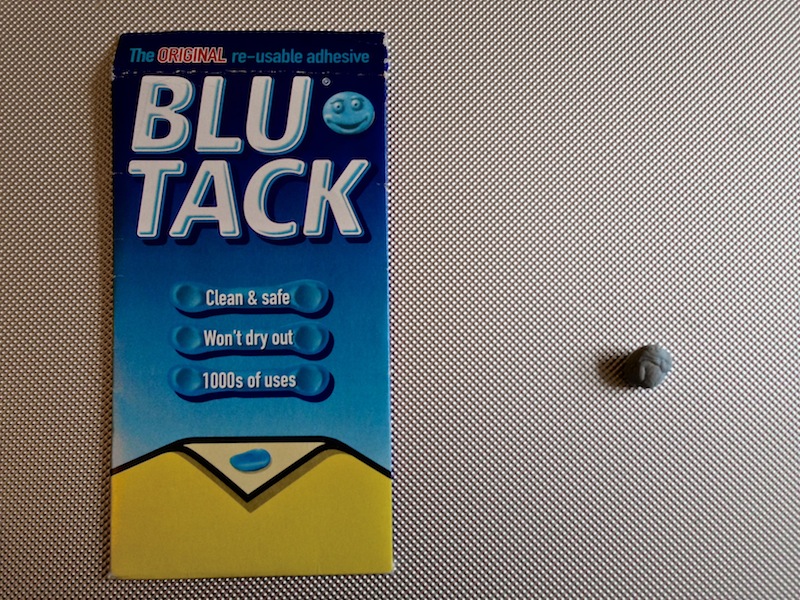
Both Tim and the great Ann Kroeber (if you haven’t before, than definitely check this great Tonebenders podcast episode with her, where she’s sharing her amazing field recording experiences) also mentioned using bee wax for attaching contact mics to the surface.
I found natural bee wax in different internet shops: for artists of for kids to play (=artists).
I have compared them all and here are results.
As a sound source #1 I used milk blender engine, which you might be familiar with from my previous post.
Placement of contact mic is extremely important. Even with such a small prop you can get wide range of sounds, attaching it in different places. Barcus mic is bigger / attached in two places, which might give more complex sound.
Below are sounds grouped by the mic:
– Aquarian H2a Hydrophone in suction cup (no adhesive used):
– JrF D-Series Hydrophone with Hosa Transformer (no adhesive used):
– JrF C-Series Contact Mic with Hosa Transformer attached using Blue-Tack:
– JrF C-Series Contact Mic with Hosa Transformer attached using pure granulated bee wax:
– JrF C-Series Contact Mic with Hosa Transformer attached using colored bee wax:
– Barcus Berry Plenar Wave System attached using Blue-Tack:
– Barcus Berry Plenar Wave System attached using pure granulated bee wax:
– Barcus Berry Plenar Wave System attached using colored bee wax:
To compare results I did second round, recording scrapes on metal briefcase.
Here are results:
– JrF C-Series Contact Mic with Hosa Transformer attached using Blue-Tack:
– JrF C-Series Contact Mic with Hosa Transformer attached using pure granulated bee wax:
– JrF C-Series Contact Mic with Hosa Transformer attached using colored bee wax:
– Barcus Berry Plenar Wave System attached using Blue-Tack:
– Barcus Berry Plenar Wave System attached using pure granulated bee wax:
– Barcus Berry Plenar Wave System attached using colored bee wax:
– Barcus Berry Plenar Wave System attached using original 3M tape:
Hydrophones have less transients and details, which is not surprising. Note that I have used no adhesive on them.
JrF C-Series mic is interesting considering it’s price, especially with bee wax.
Definitely Barcus Berry wins this comparison because it’s freq range. Bee wax as I thought gives more high freq details. What is interesting, is that different types of wax gives slightly different timbre/brightness. It’s hard to say if it’s because of mic placement, amount of wax and pressure applied or wax type. But high freq details will be important when pitching down. The second wax (colored one) is a bit softer and mic can be pressed closer to the surface.
Advantage of Blue-Tack and bee wax is that you can reuse it many times and it adheres harder to the surface (you can place them verically, which is hard when using tape).
Blue-Tack leaves no marks on the surface and is quick to use. Can brake paint from the surface, though…
Bee wax leaves marks, sometimes hard to remove. Needs a bit of time to warm it up in fingers, yet after some time is very flexible and can be pressed hard. The mic attaches close to the surface and wax doesn’t suppress vibrations.
I think it’s possible that after some time when wax dries up/hardens, the sound would change.
There are surfaces and situations where you couldn’t use bee wax for sure, but what I learned from this test looks promising at least.
Now time to go out and record!

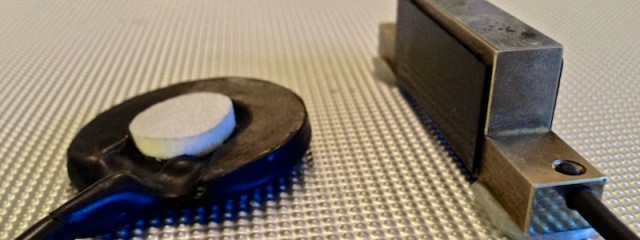
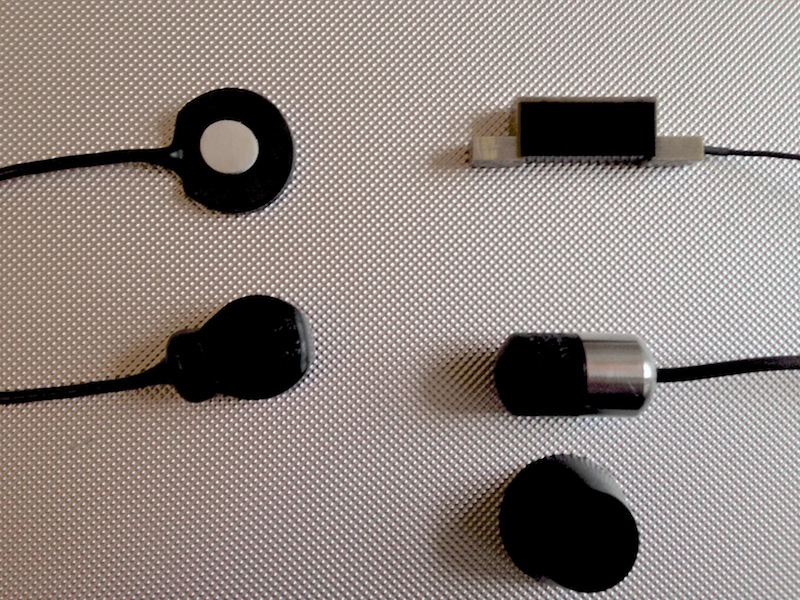
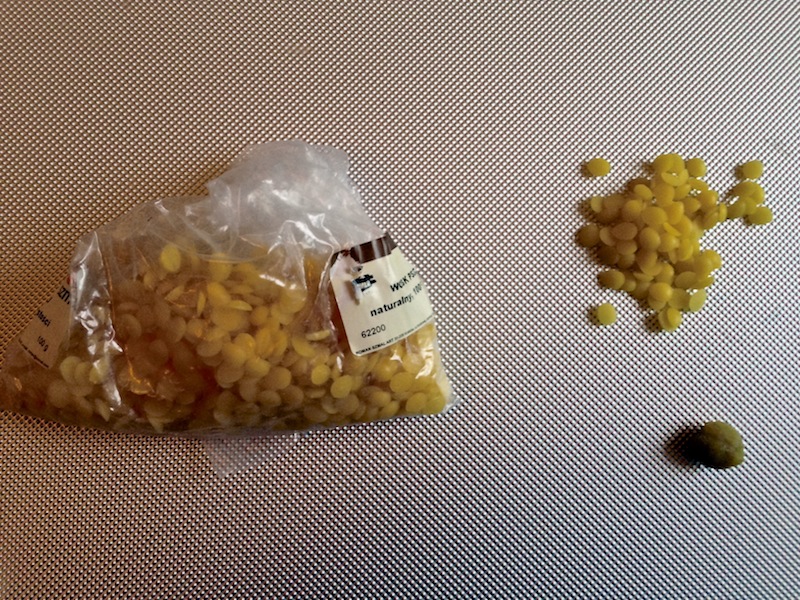
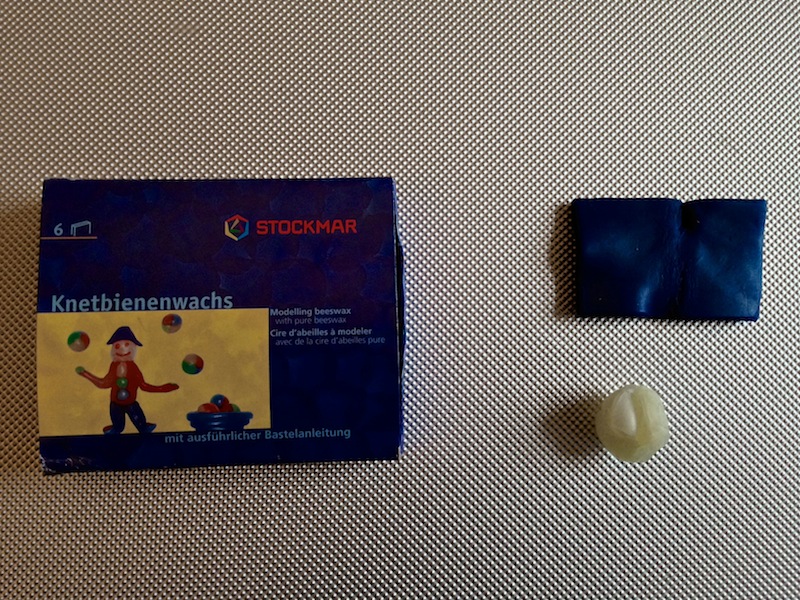
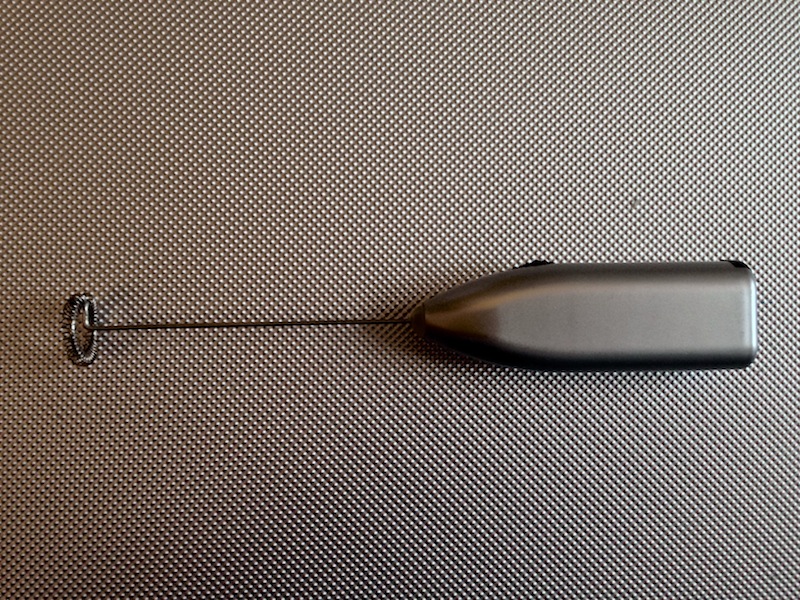
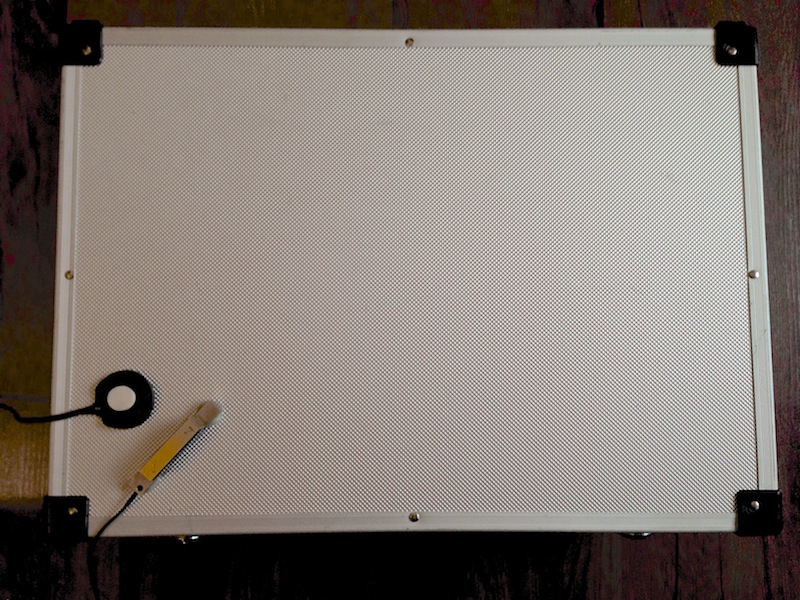



Do the barcus berry ones have much more low end and a over all better frequency response ? I think they have also a better high end in my opinion. I’m looking for new c-mics. I own the jrf ones and i like the sound but they’re too fragile. I killed 4 of them in the last months only be attaching them with a clamp to different objects. Somehow it gets a bit expensive to by new ones after every record session
Yes, Barcus Berrys has wider frequency range – deeper lows and good highs. Today one of my JrFs was rolled over by bowling ball, but surprisingly it survived. I agree, it’s always a bit risky to press them hard while attaching. Second Barcus Berry is on my wishlist…